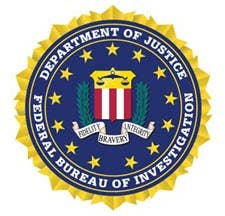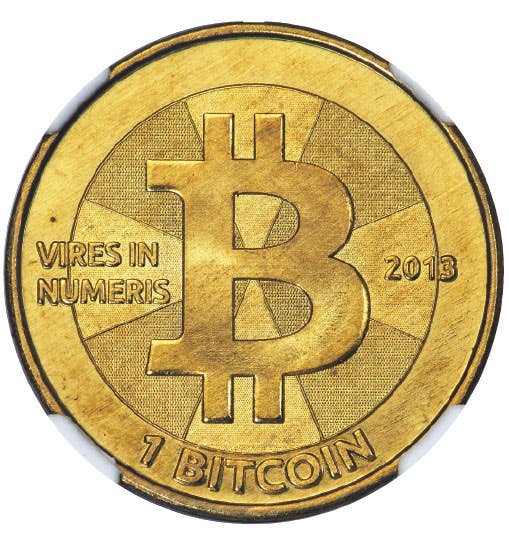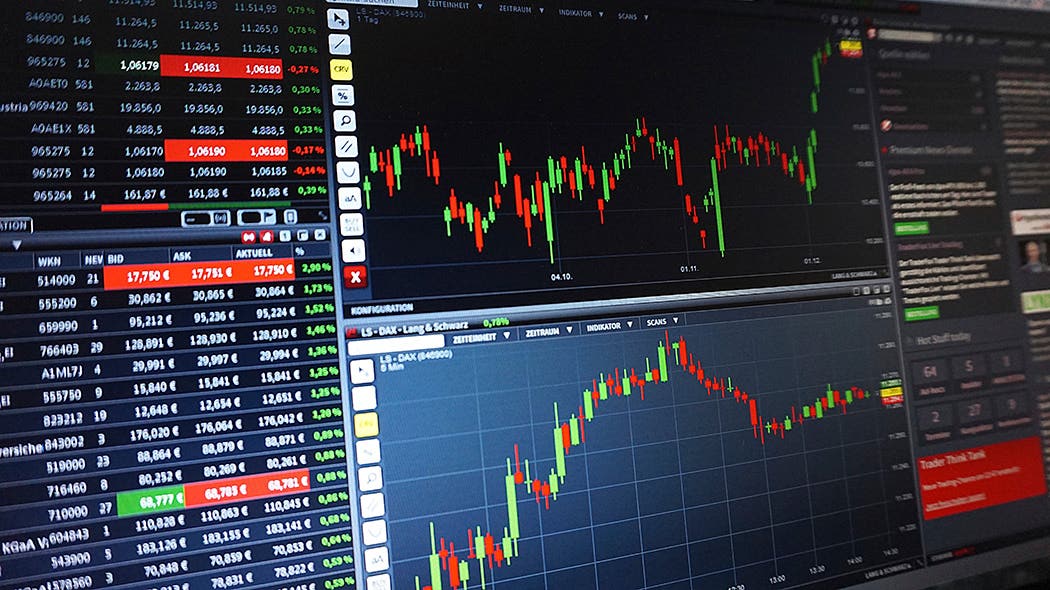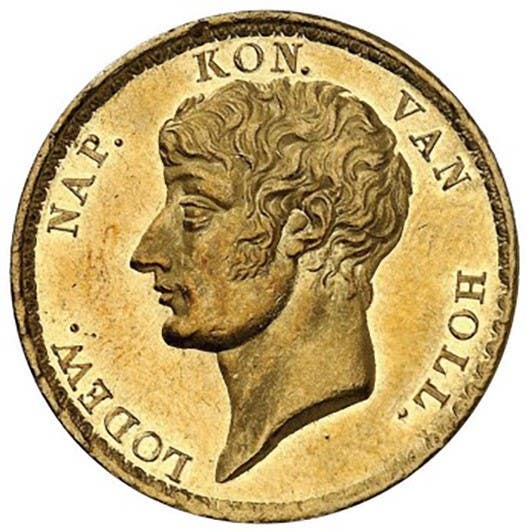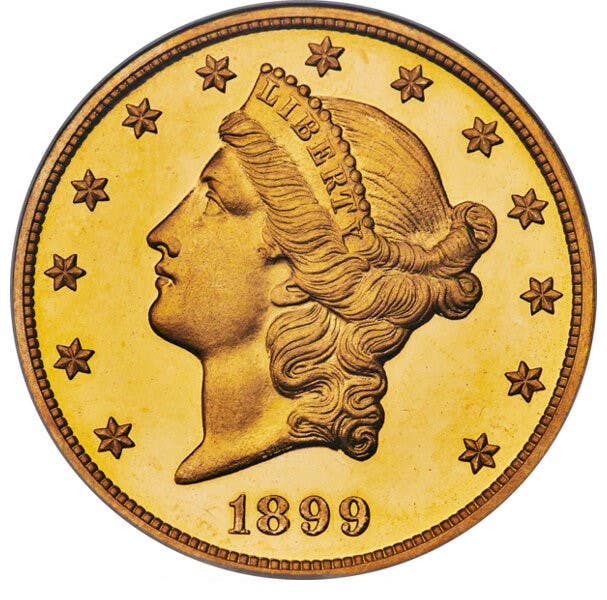Not all quarter launch attendees got new coins
Shame on the U.S. Mint personnel at the Perry’s Victory quarter official launch ceremony.
I’ve just returned home from one of the most disappointing events I have ever attended. My wife, my son and his wife, and our two grandchildren traveled to Put-in-Bay, Ohio, for the official launch ceremony of the America the Beautiful Quarter Program. Being released was Perry’s Victory and International Peace Memorial Ohio quarter on April 20.
It was my grandson’s 7th birthday and he chose going to Put-in-Bay, Ohio, over a birthday party with his friends. He is a budding collector and loves collecting both U.S. and foreign coins. He took his own $10 to exchange for the Ohio quarters to share with his friends and classmates.
The program leading up to the official coin exchange lasted about 45 minutes and included local organizations and dignitaries. These presentations and remarks were very pleasant. The official release presentation was given by Marc Landry, United States Mint, acting associate director for sales and marketing.
Following the presentations, the official coin exchange began with a stated minimum of $10 and a maximum of $100. The official exchange provider was First National Bank, Put-in-Bay, Ohio. The bank and Mint really dropped the ball by not bringing enough coins to meet the demand of the attending public. They ran out of coins disappointing a full third of the people attending, my grandson included.
I’ve been a coin collector since I was 7, an ANA member, and for the last five years the secretary of one of my coin clubs. I belong to three. This coin exchange program was the most inexcusable numismatic event I have ever attended. Shame on both the First National Bank and the U.S. Mint personnel. They should have ensured that enough coins would be available to satisfy the public demand. The local Post Office was staying open to ensure that anyone wanting to affix postage on the rolled coins would have them canceled with the official launch date. Many of those that received coins took advantage of this service.
To put things in perspective, it cost everyone attending a good sum of money considering travel and ferry fees to get to the island. Being unable to receive coins in the exchange program left many very upset, myself included. It was an enjoyable trip but ended in disappointment that never should have happened had the Mint officials been proactive. They were quick to blame the shortage on First National Bank, but if the past and future releases of the America the Beautiful quarters go like this, then why have release programs at all.
Dale Schuler
Medina, Ohio
Editor’s note: The Mint expressed its regrets below.
“We were happy to see far more attendees at the Perry’s Victory quarter launch event than we expected. Unfortunately, the large crowd meant that we didn’t have enough rolls of quarters on hand for all those who wanted them, and we regret that. (All the children in attendance did receive a free quarter). The good news, which we announced at the event on Saturday, is that First National Bank will have quarters available today at its Catawba location.”
Don’t over think definition of Mint State, uncirculated
In reference to Joseph Reakes’ letter on his understanding of the term “Mint State” or “uncirculated,” I think he’s simply overthinking the definition. Your explanation is spot on, but I understand his point of view if he takes the term literally, especially when he quotes the ANA grading book.
I might suggest that Ken Bressett consider changing or modifying the definition in the “Dictionary of Grading Terms” in the back of the book from “... has never seen general circulation” to something like “... has never received any wear from general circulation.”
In the literal, but not actual, sense when a coin enters circulation it is “circulated.” However, as you point out, and it is a term accepted by the numismatic community, the term “Mint State” or “uncirculated” means the absence of wear.
Technically, once a new coin is put into a Mint bag or is in a roll from one of the armed guard companies it has “entered circulation,” but it has no wear and qualifies as an uncirculated or Mint State coin.
One of the questions we have included on the quiz for the “Basic Grading” class test at the ANA Summer Seminar is: “What three words describe a Mint State coin?” The answer is: “Absence of wear.”
Again, your explanation to Mr. Reakes is right on the money, and I think he is overthinking the question.
Bill Fivaz
Dunwoody, Ga.
Mint State coin shouldn’t have any friction wear
Regarding our exchange of conversation on the definition of “Mint State,” which was precipitated by David Smith’s letter regarding finding an MS-65 El Yunque quarter from circulation, I believe we are both on the same page with regard to this issue. You indicate in your response to my letter that surely if a collector “scooped” up a roll of the new coins from a bank teller “who just opened the roll,” I agree, since the coins would contain no wear (from friction) that the coins would be “mint.”
However, I got the impression from Mr. Smith’s letter that he did not receive his coin from a bank teller’s roll but found it in pocket change from circulation. If this was the case, then it’s hard to imagine that his coin from “circulation” would be absent of any “friction” or “wear.”
Your editor’s statement that “a Mint State grade is a measure of wear” is, in my opinion, incorrectly worded. It implies that “measure of wear” serves as the criterion for confirming a Mint State coin. As all collectors know, MS-60 to MS-70 coins are mint regardless of bag marks, hairlines, etc., (which is not the same as “friction” or “wear.”) Therefore, perhaps if your editor’s statement was phrased “A Mint State grade excludes any measure of wear,” the suggested revised statement would eliminate confusion. Any friction (wear) on a coin (and we are not talking bag marks, etc.) is contradictory to the concept of “Mint State.”
Looking forward to reading your response to my response.
Joseph Reakes
Scranton, Pa.
2013-D dime found circulating in Texas
I got a 2013-D dime in change last week. It is good to see the 2013 coins are out there. I haven’t run across the other denominations yet.
Name withheld
Beaumont, Texas
‘S,’ ‘P’ mintmarks hard to find in Midwest
I’ve never understood this argument about mintmarks. In the 60 years I’ve accumulated coinage, I’ve only seen one “S” mintmark on any denomination coin, and that one I had to purchase.
When you live in fly-over country, the mintmarks “S” and “P” are never seen in loose change. A purchase is the only method of acquisition. San Francisco coins can’t seem to make it over the Rocky Mountains. Must be the obstacle of the Rocky Mountains. Too costly to go over those.
I’ve also noticed that new releases begin in early January on the East Coast states and work their way toward the middle of the nation. Finally, around the first of December each year, all the new releases of January and February begin to appear in the banking system in the Midwest.
Now, in my golden years, I am faced with the task of sorting and cataloging my 60 years of hoarding, if you want to label it that. Some facsimile of order needs creation so they can either be sold, or turned over to our offspring to do with whatever they wish after I’m gone. Probably will simply be hauled to their bank as I’ve seen numerous times over the years.
The value of the coins is only face value to the inheritors, and many, many times I’ve been approached and asked about “old coins.” My first question is, “Did you just haul them to the bank?” Every time, “Yes” is the answer. It’s too late then, and the bankers are laughing all the way home with their windfall from naive family members who never had any interest in them until it is too late.
R.L. Brommer
Address withheld
Roll of quarters contained many with marks
I just received an eBay order of the new Perry-Ohio quarters minted in Denver. I had to open the H.F. string roll to split among my six grandchildren and I was surprised to find that only 16 of the 40 coins had no unwanted marks on them. This type of problem is new to me . Am I alone with this type of U.S. Mint product quality?
Leo Darmstadter
Vineland, N.J.
Dateless 1916 Standing Liberty quarter has value
I’m going through back issues of Numismatic News and ran across a letter from Kaye Munshower, Wayne, Pa. It was in the March 19 issue. Kaye wrote about his relationship by mail with Alan Herbert and how he learned from him about how to tell a worn, dateless 1916 Standing Liberty quarter from a 1917 Type I. Mr. Munshower quoted him as writing, “and when you’re done, Kaye, you have a worn dateless coin worth only its bullion value.”
It’s not true that a dateless 1916 S-L quarter is worthless, and I wrote to Alan to try to correct his belief, as I had read this comment in one of his columns. He wrote back, and it was clear from his response that he didn’t believe me.
From the Heritage Auction Archives, I found that Heritage has sold at least three dateless 1916s in the past few years. All were graded Fair-2 by ANACS, and they were described as dateless but identifiable by design differences from 1917 Type I quarter. The range of prices for the coins was from $862.50 to $1,495, a long way from their bullion value. Also, Heritage has sold quite a few 1916s graded AG-3, and these coins have virtually no visible date. Prices on these have frequently topped $2,000.
As for my relationship with Alan, I was writing a monthly column and articles during his stint as editor of Coins magazine and always appreciated his editorial work. Also, he often credited my writing as the source of a couple of numismatic tidbits, one about circular cuts on Barber and Mercury dimes from dime banks and the other about parallel dark streaks on the reverses of Lincoln cents from the glue on old Whitman albums. I appreciated this credit, although I don’t really claim to be the first to have made the observations.
Mike Thorne
Mississippi
Lots of activity at Milwaukee coin show
Milwaukee’s South Shore Coin Club held its 49th annual show on April 11-13, 2013, at the Clarion Hotel & Conference Center. The show had 63 dealer tables and an attendance of 1,200 over the three days.
On Thursday and Saturday the show was very busy and just about every dealer table had customers. The show also had some very nice competitive exhibits.
Thanks to show Chairmen Joe Bartoszewicz and Walter Weiss, along with all the members of the SSCC for the free American Numismatic Association table. We were able to sign up or renew 21 members for the Association. All the “volunteer” members of the SSCC worked very hard during the convention and deserve a huge thank you.
In conjunction with this show the Milwaukee Numismatic Society held its 33rd annual Boy Scout coin collecting merit badge clinic with 55 scouts registered. We also want to thank Alan Zimmer from Gurnee, Ill., for the $25 donation which paid for the shipment of the ANA coin show kit.
Thanks also to dealer Coleman Foster for the $250 donation to become a patron for the 2013 ANA show in Chicago. We look forward to attending next year’s 50th annual show at this same location on April 3-5, 2014.
John and Nancy Wilson
ANA National Volunteers, Ocala, Fla.
Eliminate cent, adopt smaller sized dollar coins
It seems that almost every other coin newspaper and magazine I pick up and read, there are letters and editorials about the U.S.’s dilemmas of the paper $1 and $2 bills and the one cent coin. As one Canadian coin newspaper apply put it, “(We’re) still playing with (our) grandfather’s money.” Blatantly true and the U.S. has become the laughing stock of the world with our currency.
Nearly all of the industrialized nations of the world have eliminated their lowest denomination coin and are rounding consumer cash purchases to the nearest zero, five or 10. The cent still exists in electronic transactions, but is basically gone from the actual world. The euro system still mints cents, but I would suspect that even the euro cent’s and 2 cents’ days are numbered. With billions of cents costing nearly or over twice their face value to produce, why does the U.S. insist to mint more cents?
In the early years of the 20th century, the cent was made of a bronze or brass composition. The exception was in 1943, when cents were produced in “galvanized steel,” as my grandfather would call them. As the years progressed, so did the costs of the metals and labor to produce the cent. The U.S. thought it would reduce the metal costs by making a copper-coated zinc cent, but still total costs exceeded the coin’s face value. It’s time to stop the over-spending and quit producing cents. After all, there are still trillions, perhaps quadrillions, of cents still in circulation (piggy banks to Federal Reserve Bank vaults) out there. In grandpa’s day, he could buy something for a cent, even when I was a kid, in the ‘50s, I could get a Bazooka Bubble Gum piece for 1 cent. Can anyone tell me what I can get for 1 cent today?
As with the cent, most nations of the world have discontinued their lowest denominated (dollar, peso, etc.) paper currency for a more durable and long-lasting coin of the same denomination. Depending on its use and denomination, a paper U.S. bill can last between 22 months to nine years. A coin, however, will last many decades in its lifetime.
Even though a paper bill is convenient in that it’s lighter, can be folded, and costs less than producing a coin of the same denomination in the short term, it is less efficient and not as durable as a coin in the long run.
Yes, in Grandpa’s day, the dollar coin and dollar bill co-existed. But Grandpa’s dollars (paper and coin) were big and he most likely preferred the paper bill over the heavier coin. Even though both have been reduced in size, many U.S. citizens prefer using the bill rather than the coin. If the U.S. eliminated the paper dollar like Canada and other neighboring countries have, I would rather use a dollar coin than several coins to equal that value. Several years ago, Canada eliminated its paper $1 and $2 bills for coins of the same denomination and have saved millions of dollars in production costs since.
With the exception of a 1 and 2 cents coin, perhaps the U.S. should look to revamping it money coins from “Grandpa’s size” to the more modern euro-style and size coins. It’s the 21st century, people, let’s quit messin’ with Grandpa’s money.
William B. Tuttle
Cleveland, Ohio
More Coin Collecting Resources:
• Subscribe to our Coin Price Guide, buy Coin Books & Coin Folders and join the NumisMaster VIP Program
More Coin Collecting Resources:
• Subscribe to our Coin Price Guide, buy Coin Books & Coin Folders and join the NumisMaster VIP Program





